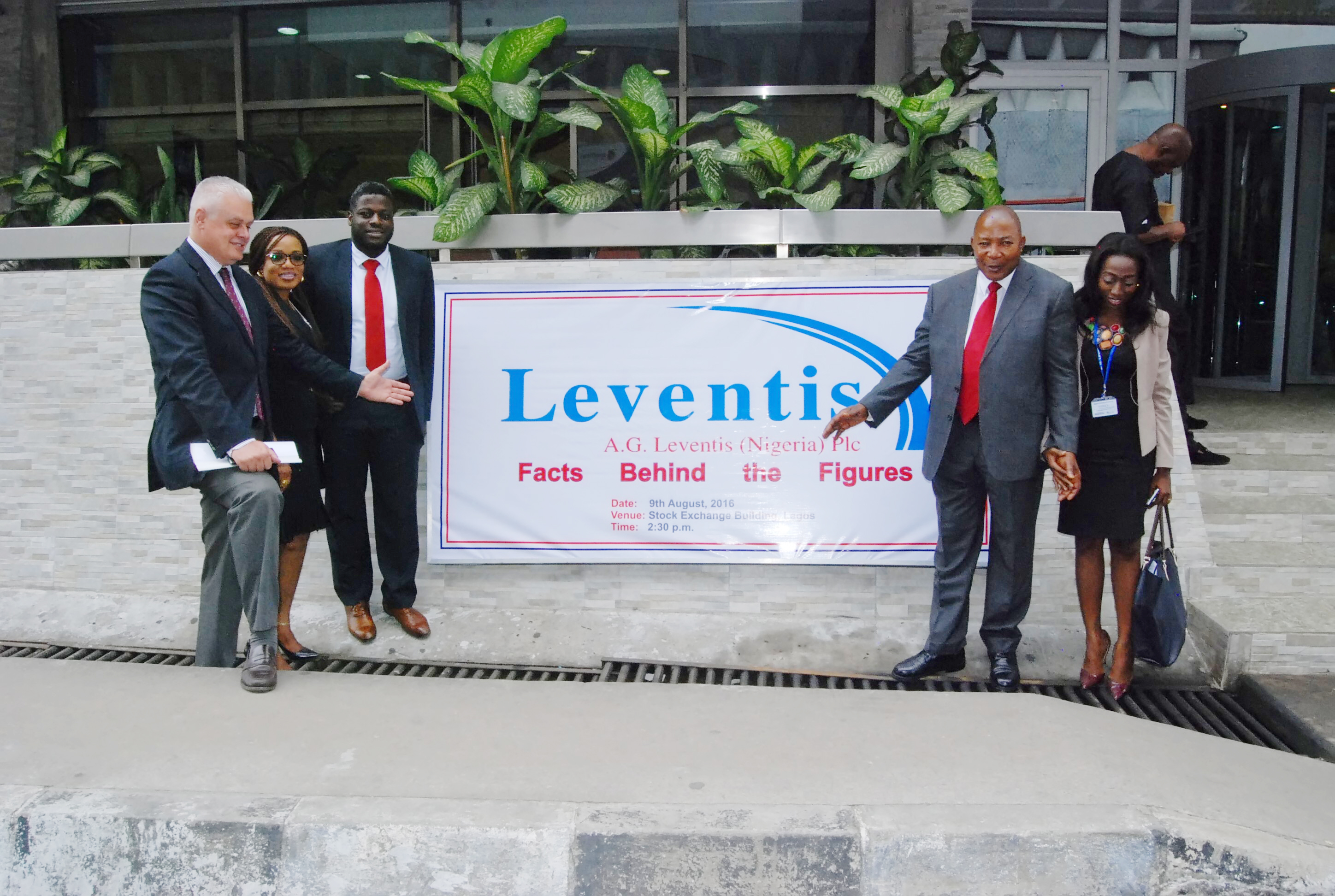The logo of French building material Lafarge is seen on cement trucks at a production plant in Paris, France, February 22, 2016. REUTERS/Jacky Naegelen
Cement companies are expected to have finished 2017 trading on a generally elevated earnings position, breaking forth from the loss of operating momentum that has greeted the sector since 2014. Rising cost of production has been a limiting factor for the operators here but they seem to have found a way around it in the concluded financial year.
Further to that, sales picked up generally among the operators, defying the economic downturn. Finance expenses however stand in the way of one or two of the companies, gulping the increased revenue inflow.
From both angles of producing and selling, cement companies seem to have broken free from major challenges. Despite economic difficulties, the real estate sector did attract a good attention in 2017 and demand for building materials picked up reasonably. This is a sector that recovers fast as soon as the economy begins to look up and is again one of the lasts to slow down during economic declines.
Its strength lies in the ability to pass on increased costs to consumers, who adjust to increased prices with time. Despite a slowdown, building and construction activities remain large enough to keep the building material sector active.
Advertisement
Earnings outlook for cement companies improved generally in 2017, as growing revenues with cost moderation has strengthened profit capacity. Companies here are looking forward to unveiling the wealth they built for shareholders in 2017, as the corporate earnings reporting season approaches. Almost every company in the group can be expected to make up for the slacken performance that swept through the industry in 2016.
Ashakacem
Ashakacem is expected to make up for a marginal decline in sales revenue in 2016 as well as a drop of over 27% in after tax profit it suffered in the year. At N2.16 billion, profit at half year had already exceeded the full year profit figure of N2.01 billion in 2016.
A major favourable development has happened in respect of cost of sales, which claimed a significantly reduced proportion of revenue at 62.6% at half year in June 2017 compared to over 88% in the same period in 2016. That multiplied gross profit more than seven and half time to N3.31 billion at the end of June.
Advertisement
Other favourable developments for the company include a change from other expenses of about N126 million in 2016 to other income of over N6 million and an increase of over 30% in investment and finance income. The developments lifted net profit margin from 4.3% to 24.4% over the review period. Based on the half year performance, the company is expected to step up revenue growth in 2017 and achieve the strongest growth in profit in many years.
CCNN
CCNN achieved major cost moderations that reinforced a strong growth in sales revenue and boosted profit capacity at the end of the third quarter. At 24.5%, cost of sales grew at about one-half the increase in turnover, resulting in a leap of about 111% in gross profit to N5.22 billion. Substantial increases in selling/distribution and administrative expenses were tempered by a decline in finance cost. Despite a 142% advance in income tax expenses, the company still lifted after tax profit close to three times year-on-year at the end of the third quarter.
CCNN is expected to grow turnover by about 30% in 2017 compared to a flat growth in the preceding year. Profit after tax is expected to grow by over 120% to about N2.8 billion at the end of the year. The profit figure at the end of the third quarter was already well ahead of the full year figure of N1.25 billion the company posted in 2016.
Dangote Cement
Dangote Cement Company reported a strong growth in sales revenue at the end of the third quarter and profit performance broke free from the flat growth in 2016. Sales volume was down by 9.6% to 16.61 million tonnes at the end of third quarter operations in September 2017 but price increases more than countered the loss in volume.
Advertisement
Sales volume is expected to pick up further in the final quarter, as the negative impact of rainy season on sales is expected to ease off. The company made substantial cost savings in cost of sales and administrative expenses and with that it was able to grow profit ahead of sales. Net finance expenses however expanded, as finance income dropped and finance expenses grew during the period.
Cost of sales grew at a significantly lower rate at 12% than the increase of 36.5% in sales revenue. That lifted gross profit by 63.4% and raised gross profit margin from 47.6% to 57% over the review period.
There were further cost savings from administrative expenses, which increased marginally as well as selling and distribution cost, which grew well below sales revenue at 30.3%. The cost savings lifted operating profit by 90.5% to N233.14 billion at the end of the third quarter trading.
Finance expenses moved against the favourable cost behaviour and grew by 36% to almost N40 billion at the end of September. A drop of 51.6% in finance income extended the impact of rising cost of finance but the company was still able to raise profit margin.
Advertisement
Net profit margin improved slightly from 30.2% to 32% year-on-year at the end of September 2017. The company is expected to break out from a marginal profit growth of 2.9% in 2016 and push profit ahead by about 40% in 2017.
Lafarge Africa
Lafarge Africa witnessed a change of fortune in its earnings story in the third quarter when it lost much of the profit it posted at the end of the second quarter. The cement company had lost 18% of revenue in 2016 and profit melted by 38%. A worse profit record looks probable for the company at the end of 2017. The summary of its operations at the end of September 2017 is that it is rebuilding revenue but swollen finance cost has consumed profit.
Advertisement
A drop of other operating expenses at the end of the third quarter enabled the company to shift from an operating loss of nearly N33 billion to an operating profit of over N18 billion over the review period. That was however countered by a rise of 134% in net finance expenses, which claimed almost the entire operating profit.
There were cost savings also from cost of sales and selling/marketing expenses, both of which claimed reduced proportions of revenue at the end of September. Sales revenue grew close to two and half times as fast as cost of sales, which caused gross profit to advance more than three times year-on-year to N57.31 billion. Selling/marketing expenses declined but administrative cost rose by more than 80% at the end of the third quarter.
Advertisement
The company, which built an after tax profit of N19.73 billion at the end of the second quarter, lost virtually all the profit in the third quarter. It moved out of a huge third quarter loss in 2016 to a full year profit of N16.9 billion. Can it as well move from a marginal profit to grow profit in the final quarter of 2017 is the question mark on Large Africa in 2017.
Advertisement







